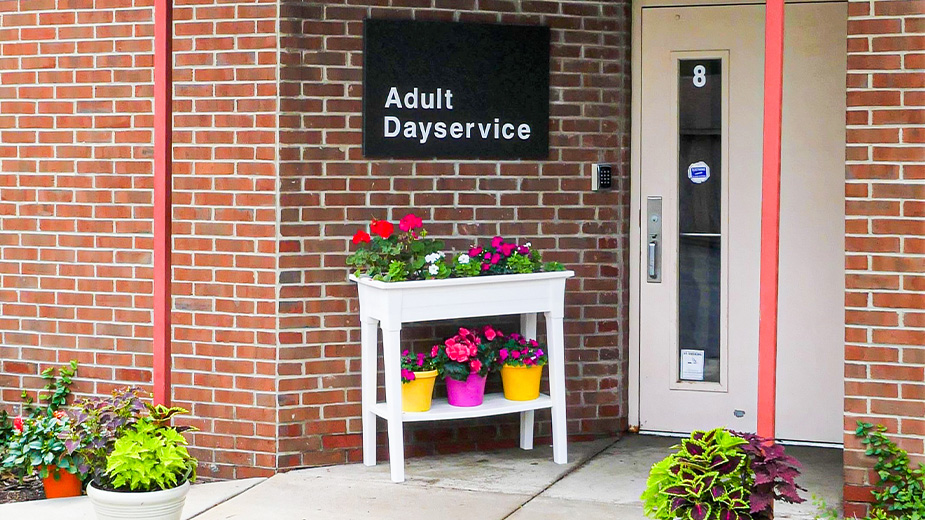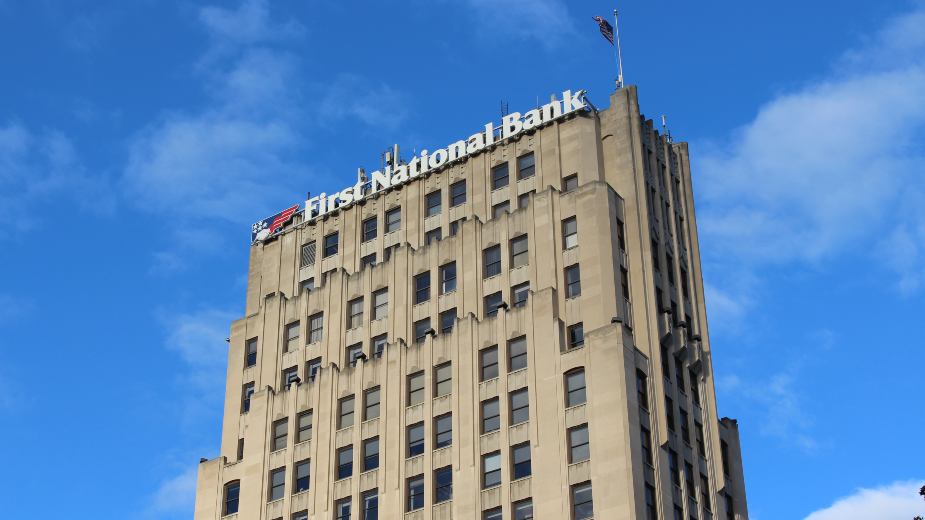New Warehouse Enables B.J. Alan to Double Capacity
WARREN, Ohio — B.J. Alan Co. has positioned itself for explosive growth, three years after the consumer fireworks company purchased a portion of the former Delphi Packard Electrical Corp. complex on Larchmont Avenue.
“Welcome to the largest fireworks warehouse in the United States,” says William Weimer, vice president of B.J. Alan, as he greets visitors. The company uses about 750,000 square feet between two interconnected warehouses to store hundreds of thousands of cases of fireworks cases each year.
Although it’s late January, small numbers of cases have begun arriving for the summer fireworks season, Weimer says, and imports accelerate between March and April.
About 90% of B.J. Alan’s customers across the country – including its Phantom Fireworks retail stores and displays at big box retailers – are served from this location.
“We do have some smaller warehouses, one in Florida, one in Utah and one in California,” Weimer says. “But 85% to 90% of the products come through here.”
Between 40 and 45 people work at the warehouse, says warehouse manager Robert Rohrman. That number increases to roughly 100 when the summer fireworks season arrives. “In late June, we’re shipping about 20 to 25 trucks a day,” he says. “Right now, we’ll be getting into the heavy import season.”
B.J. Alan employs some 400 year-round companywide, Weimer says. At peak season, that number increases to 2,500, he says.
This time of year, the company imports 20 to 25 containers of fireworks a week from China, Rohrman says. They arrive in West Coast ports, primarily Long Beach, Calif., and are transported by rail to Cleveland. The imports are shipped directly to the warehouse as B.J. Alan slowly builds its inventory before it’s shipped to outlets.
Every product that moves through the door, Weimer emphasizes, is tested and certified in China by both Chinese and American regulatory agencies.
“Every case we import goes through the American Fireworks Standards Laboratory,” he says. “Licensed testers physically test these products at the factory level in China before they leave.”
Most accidents associated with fireworks result from human error and mishandling, rarely because of a malfunction, he adds.
Each case carries a sicker that certifies the products have passed inspection, Weimer continues. “You’re able to go on the AFSL data base to check whether these products received a certificate of compliance,” Weimer says. “You can verify which factory it was made in and look at the test results of a particular case.”
These imports stop during the two weeks when the Chinese celebrate their New Year, a fortnight that straddles late January and early February. “It’s usually very slow,” Rohrman observes.
This year, the warehouse manager reports, tracking shipments will be made easier because the operation has introduced a scanning system that should be fully in place before the start of the fireworks season. “We’re scanning the imports now,” Rohrman says. “We’ll start scanning our picks and shipments.”
The warehouse imports between 600 and 700 containers annually, Rohrman says. “That represents a ballpark of 600,000 cases of fireworks a year.”
As such, the new warehouse is equipped with the latest fire suppression and safety features, Weimer says. “The control systems in place here are second to none.”
While the building – a former manufacturing hub for Delphi — was structurally suited for a warehouse, intricate planning and advanced technology was required so it would comply with some of the most stringent safety standards in the world, Weimer says.
“We’ve developed smoke control areas throughout the warehouse,” he remarks. Smoke “curtains” – steel girded partitions that hang partway from the high ceilings – act as barriers to trap smoke in case of a fire. At that moment, a smoke evacuation system is activated that ventilates the smoke from the controlled area and the complex.
A color-coded map in a safe room that is accessible to both the Bazetta and Howland Township fire departments – the building sits in both townships — marks off 12 sections for each warehouse, all of them numbered, Weimer says. Numbered buttons on a panel correspond with the building sections activate the ventilation system should an emergency arise.
“The idea is that in case of a fire, the smoke will be contained in a controlled area,” he says. “There are 90-some vents in the roof that are mechanical and designed to suck the smoke out.”
A sophisticated sprinkler system that was installed is designed to douse every square inch of the warehouse in case of a fire. “This the most modern and technologically up-to-date fire suppression system available,” Weimer says.
All told, B.J. Alan’s investment stands at about $12 million. “It’s money well spent,” Weimer says. “What this has done is position B.J. Alan for future growth and expansion.”
Last year proved a strong year for the company, Weimer reports, and notes that 2015 looks promising because the Fourth of July falls on a Saturday.
He credits company President and CEO Bruce Zoldan as a “visionary” who is looking toward the future of the company and its next generation of leadership. “We are the largest chain of fireworks stores in the country,” Weimer notes.
B.J. Alan, which sells its goods under the brand name Phantom Fireworks, operates 70 retail stores in the United States. “He’d like to grow that to 150 or so,” Weimer says of Zoldan. “There’s a new generation ready to move in.”
Copyright 2024 The Business Journal, Youngstown, Ohio.


